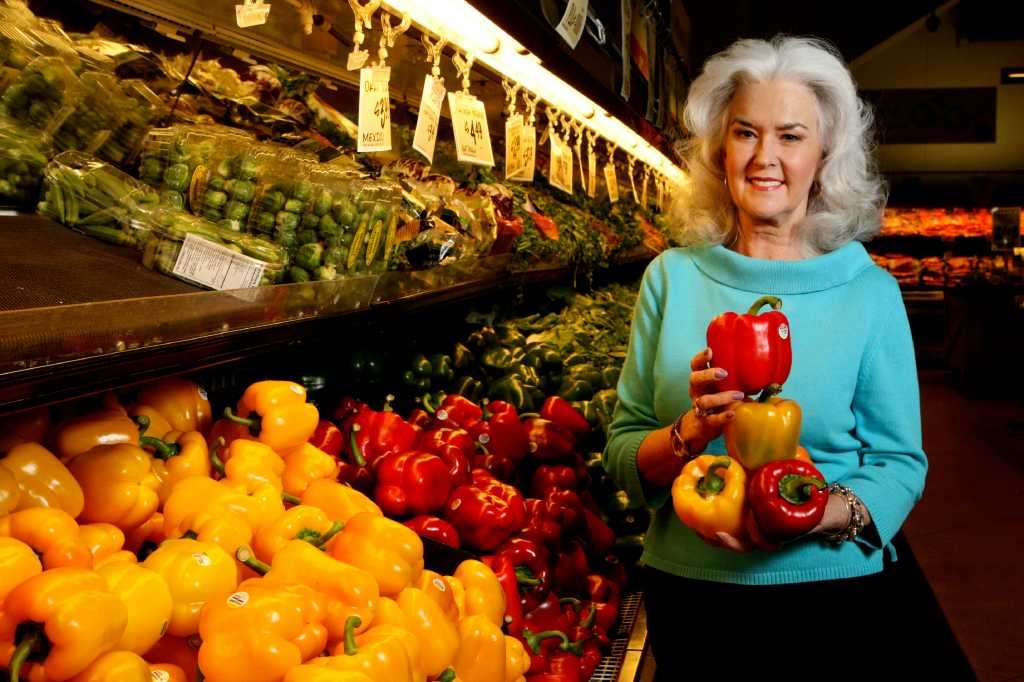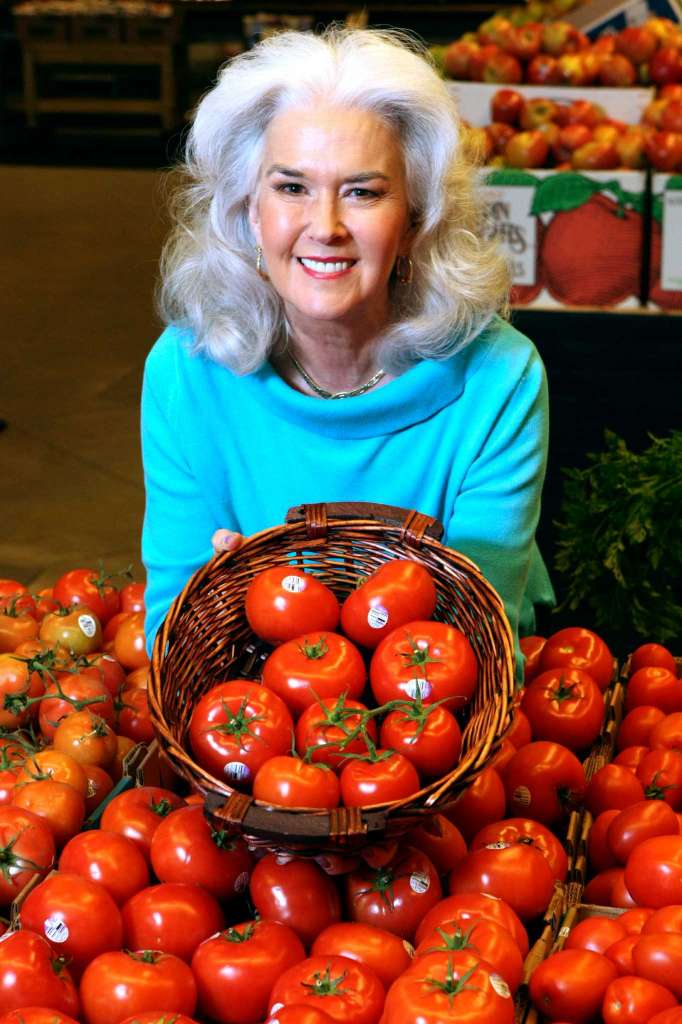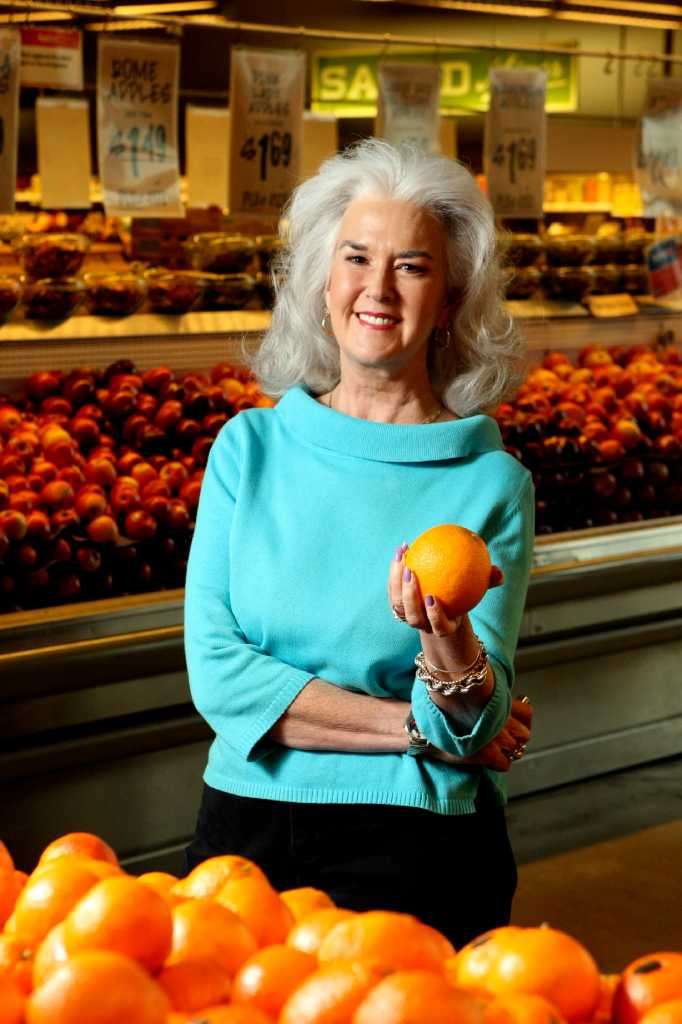How to Cleanup After a Hurricane
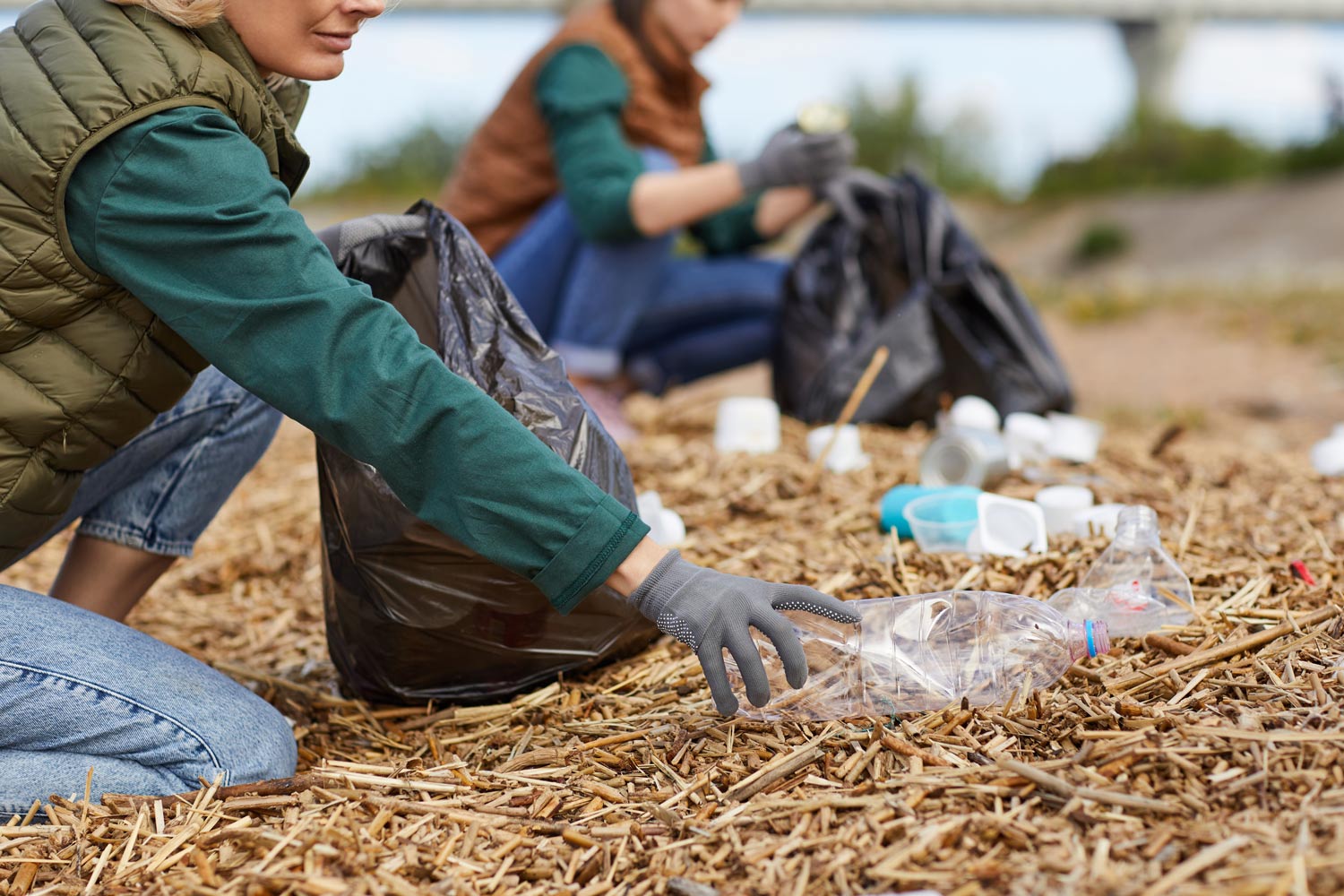
After a Hurricane has hit, you may find minimal damage or total destruction in your area. I would like to pass on a few important hints that I hope will help ease the difficulty of weather-related damage or to better plan for the future possibility of storms.
Outdoor
- If your property has been damaged, contact your insurance agency as soon as possible to begin the claims process. Many agencies will have emergency disaster teams on the way to help handle these claims. Be sure to make a list of destroyed household contents and supplies you have to buy. If possible, take photos of all the damage to your house and property.
- Don’t go near any loose or dangling power lines. If you see downed wires, report the damage to the police or utility company.
Indoor
- Flashlights should be used to examine your home damages–do not use matches, candles, or lanterns—because of the possibility of gas leaks or spilled flammables.
- New batteries for flashlights and radios will last the longest. But, if you only have older ones that are still working but growing weak, try switching their positions. This often will give added energy and the batteries may last a little longer. Another trick with old batteries is to rub the contact points with an emery board or fine sandpaper; this just may buy you a little more time.
- If you smell gas, leave your house immediately and notify the utility company or fire department.
- Light candles only if the authorities have approved their use in your area. Make sure authorities say there’s no danger of gas leaks!. A small sturdy glass will make a good emergency candle holder. Leave at least a one-half inch space between the candle and the glass. Cut the candlewick short to prevent dripping.
- Even though power may be off, be cautious around electrical appliances, they can still hold enough of an electrical charge to set off an explosion—if there’s a gas leak. To be safe, disconnect all electrical appliances.
Kitchen
- Do not open refrigerators or freezers. The foods inside will not spoil as fast if the cold air is not allowed to escape. After 24 hours of no power, if you can obtain dry ice, place a block in the refrigerator and one in the freezer section. (ten pounds of dry ice will last for 24 to 30 hours.)
- If all you can get is regular bagged ice, take the food out of the refrigerator. Put ice and food into an ice chest. Some homes may have gas stoves instead of electricity. If your gas lines are unaffected, you can cook those foods that would otherwise spoil in a non-operating refrigerator.
- Picnic supplies and paper plates will come in handy, so there won’t be any dishes/utensils stacking up. Camping equipment can also be used (propane stoves or lanterns—if there is no gas leak in your home).
Water Conservation
- Water most likely will be a precious resource at this time, so conserve what you have. Use any freshwater you have for drinking and cooking only.
- Keep a bucket or other container handy for any leftover water from rinsing or cooking food to use for the toilet.
- Do not eat fresh food that has come in contact with floodwaters and does not drink any tap water unless it has been tested and okayed by health authorities.
- If you cannot flush the toilets, reduce odors by sprinkling baking soda in the bowl after each use and by keeping the lid closed.
- Instead of using water for bathing, try rubbing alcohol to stay clean. Soak a washcloth or sponge with rubbing alcohol and sponge off with this.
- If you must, you can brush your teeth and rinse with canned or bottled soda.
- For quick cleanups, cut a roll of sturdy paper towels in half with a serrated knife and place half of the roll in a resealable plastic bag. Squirt with a mixture of water and liquid soap until paper towels or damp.
Glass
- For cracked panes of glass, a temporary way to weatherproof is to use quick-drying glue or clear shellac. Apply one or two coats with the end of a toothpick along the crack lines—inside and out.
- After removing adhesive tape from windows, you may find it leaves glue residue on the glass and wood frame. Remove this by spraying the residue liberally with a petroleum-based pre-wash spray, let sit and then scrub with nylon net.
- If any windows have been broken, be careful when picking up broken pieces of glass. Wear protective gloves and pick up smaller pieces of glass by using a wad of masking tape, wet paper towels, or wet newspaper. Do not vacuum up broken glass, it can shred vacuum hoses and become lodged in the vacuum.
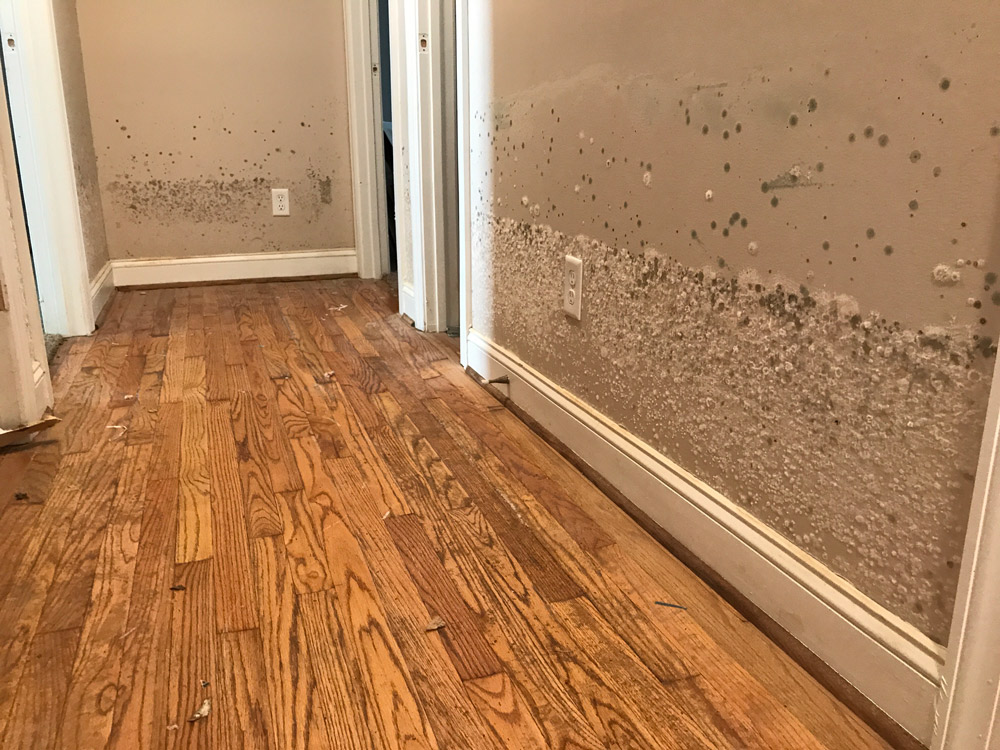
Water Damage
- For water damage, pull up wet carpeting, padding, and rugs. Place furniture on cinder blocks or bricks to help aid in the drying process.
- When the weather is clear, open windows for good air circulation. When electricity is restored, use fans to speed the drying process.

Refrigerator & Freezer
- If you lost electricity and the food in your freezer probably spoiled, here’s what to do.
- Wash the freezer with a strong solution of baking soda and water (5 to 6 tablespoons per quart of warm water) or use baking soda directly on a damp sponge. Allow to air out with the door open for a while.
- For lingering odor, try placing cat box filler or activated charcoal (the kind used in aquariums) in a small open box (a shoebox is perfect) in the freezer. Close the freezer and let it sit for a couple of days before removing it.
- If any odor is still hanging around, as a last-ditch effort, you might want to consider using a dry-chemical fire extinguisher. Simply spray it into the freezer, close the door and wait a few days. Clean the freezer and let it air out for a while before refilling.

Windows
Need some help getting those dirty windows clean? Make a special window cleaning formula, mix 1 cup of vinegar in 1/2 gallon of hot water.
Now to get started, wipe the windows to remove any dust. Remember that wet dust will become mud. Spray the window with the cleaning formula you prepared. Now wipe the windows down with a squeegee or crumpled newspaper.
When doing exterior windows, a garden hose and mop can be invaluable. Rinse first, then use a mop to wash using the window-cleaning formula. For a final rinse, simply hose the windows off. For best results, don’t wash a window when the sun is shining on it or during the hottest part of the day, because this can cause streaking.
Good luck with all your cleanup efforts, and be sure to send me any questions you have that I didn’t answer to Heloise, P.O. Box 795000, San Antonio, Texas 78279. Due to the large quantities of mail my office receives, I can’t answer all your letters personally but will try to answer as many as possible in my newspaper column.
More Info from the CDC
Take steps to protect yourself and your loved ones during your cleanup after a hurricane, flood, or other natural disasters. Follow our cleanup tips and monitor your radio or television for up-to-date emergency information.
